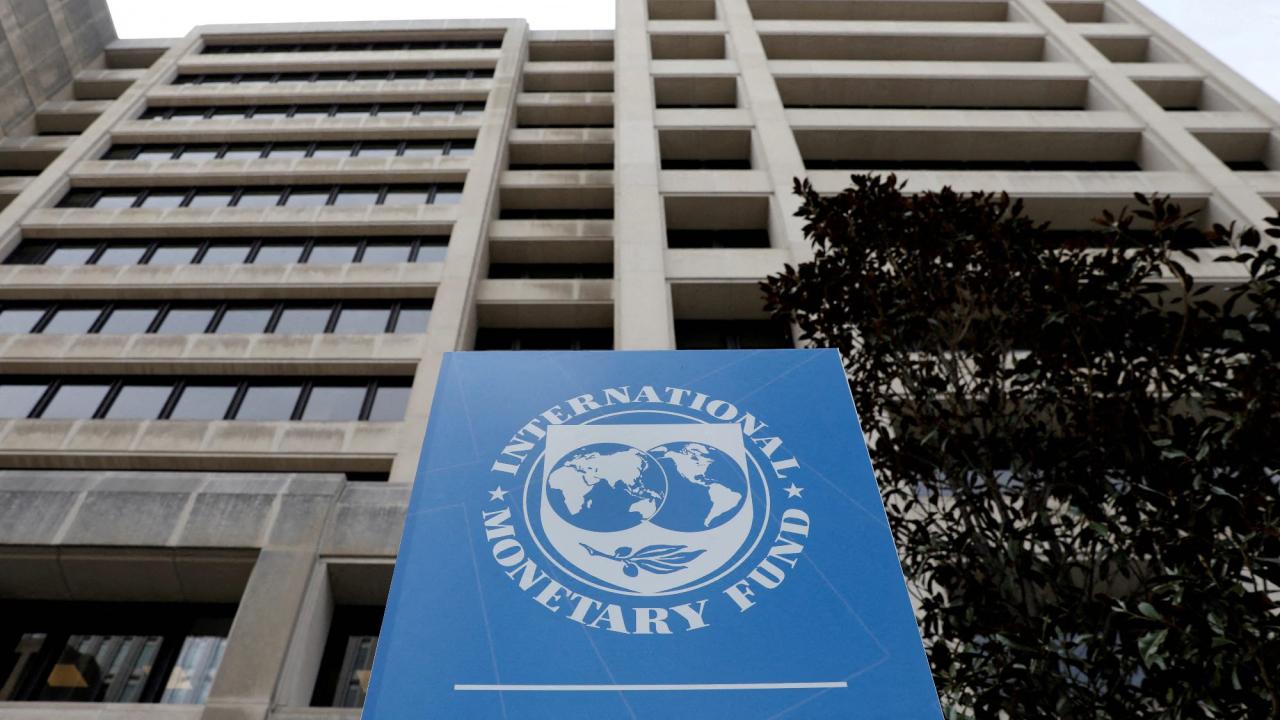
After peaking at 9.4% in the third quarter of 2022, global inflation is now expected to fall to 3.5% by the end of next year, slightly below the pre-pandemic average.
The International Monetary Fund (IMF) warns that the global economy has remained unusually resilient throughout the disinflationary process, from 2021 until now.
But he clarifies that uncertainty persists around the dynamics that countries will apply to stabilize their monetary and fiscal policies.
Within the World Economic Outlook (WEO), newly elected governments can introduce significant changes in trade and fiscal policies.
In fact, the IMF Annual Meetings, which begin this morning in Washington, DC, with the launch of the WEO, are taking place 15 days before the US presidential elections.
They warned that after peaking at 9.4% in global inflation during the third quarter of 2022, they now expect it to fall to 3.5% by the end of next year, a variation that will be slightly lower than the average reached before the pandemic.
They projected that the Gross Domestic Product (GDP) will maintain a stable growth of 3.2% in 2024 and 2025.
This expected performance is supported by the dynamism of advanced economies, particularly in the United States, for which the country revised its growth forecast upwards for both this year and next, although it maintained the outlook for a slowdown.
According to the agency, the United States will register growth of 2.8% this year, which is higher than the 2.6% forecast in July.
This dynamic will moderate by 2025, with the Gross Domestic Product (GDP) recording growth of 2.2 percent.
The expected performance for 2025 also includes an upward correction from the 1.9 percent projected three months ago.
In the document, launched at the start of the Annual Meetings of the IMF and the World Bank, they explained that it is “a robust growth that has its origin in two channels: the supply channel, which has to do with the labor force that continues to expand, supported by migrants and incorporates an increase in productivity that makes it stand out above other countries.”
ADVANCED ECONOMIES
In the document, the organizations explained that, at a general level, advanced economies will register an advance of 1.8% in 2024 and 2025. After the United States, they highlight the dynamics they expect for Spain, with a growth of 2.9 percent for this year, which exceeds by 5 tenths the one estimated in July.
A dynamic that will not be sustainable for next year, however, when GDP growth is expected to reach 2.1%.
Spain's size is not enough to trigger an expansion of the Eurozone, which is expected to grow by 0.8% this year, which is one-tenth lower than that forecast three months ago, but it is forecast to rebound by 1.2% for 2025.
And Japan, the world's third largest economy, is seen with growth of just 0.3% this year, four-tenths lower than that forecast in July, and also a recovery by 2025 that would lead to growth at a rate of 1.1 percent.
EMERGING: FROM BRIC TO LATAM
The review of the global outlook highlights the case of emerging economies, which have not achieved a recovery similar to that of advanced economies when they applied their expansionary policies, nor have they achieved disinflation with the forcefulness of the most developed ones.
Looking at the most developed emerging countries, the so-called BRIC, China stands out, the second largest economy in the world and the most advanced emerging country. For the Asian giant, they expect a slowdown that will lead to GDP growth of 4.8% for this year, lower than the 5% forecast in July. And they project that it will continue to moderate to reach 4.5% next year.
India remains the most dynamic of the BRIC countries, with a growth of 7% this year, but which will have to moderate in 2025 to reach a growth rate of 6.5%.
Russia is behind, with an expected growth of 3.6%, which is higher than that estimated three months ago, and it is expected to achieve an advance of 1.3% in 2025, a performance lower by two-tenths than the 1.5% estimated in July.
Among the four emerging economies highlighted, Brazil is at the bottom, with 3% growth, which is lower than the 3.9% estimated in July and is also seen experiencing a 2.25% slowdown in its GDP for the year 2025.









